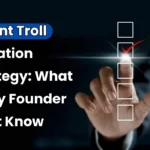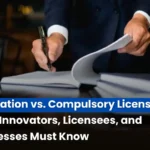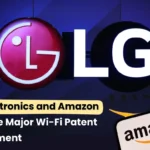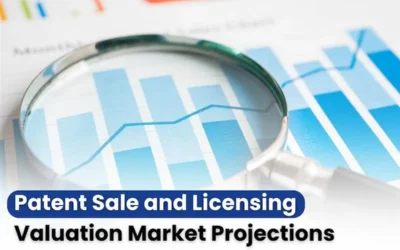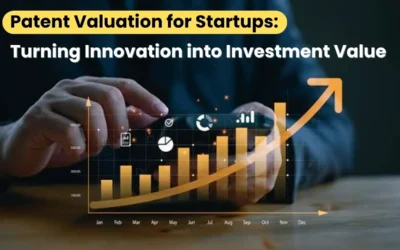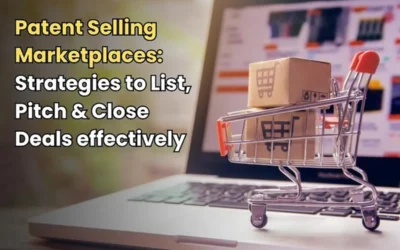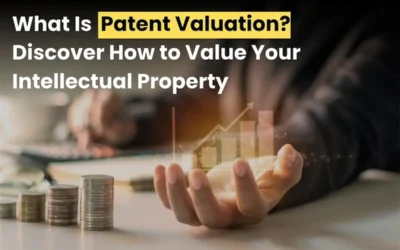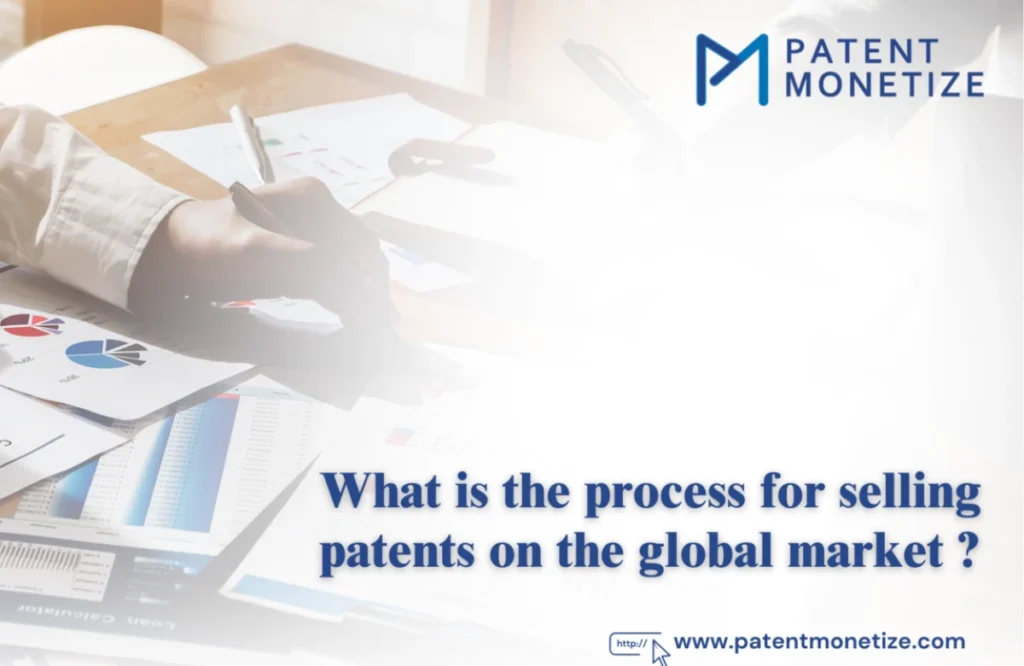
What is the process for selling patents on the global market? A patent is a relatively very valuable intellectual property asset wherein the owners tend to reserve rights over the exclusiveness of the usage, manufacture, or even sales of an invented product. No patent owner would have adequate resources or would be interested enough to market it on his or her own. This is, therefore, the best way for the inventor and company to reap on their innovation without necessarily going through the commercialization process in that regard. Selling patents in the global market opens interesting opportunities for inventors and buyers but requires strategic approaches for maximum profit and a smooth transaction. This paper will break down the patent sales process, legal issues, market conditions, and strategy on the selling of patents. It proceeds to other vital points at the international level for selling patents with advice on handling any impediment that might occur.
1. Understanding Patents and Their Value
Before discussing the selling of patents on the international market, a little background must be brought to this paper on what a patent is and why it is valuable.
What is a Patent?
A patent is considered a legal right that any government shall have granted, which ensures patent ownership to have the exclusive rights regarding use, production, or selling his invention for a certain period-a period usually marked as 20 years from filing. The actual invention can be new kinds of technology or products, processing methods, and other innovations on existing forms of inventions. In exchange, the patent owner is supposed to make his invention public.
Patent Value
Patent value is a function of the following factors:
- Market Demand: It is more probable that the patents are worth more in those markets that are most in demand such as health care, technology, and renewable energy.
- Patent Quality: A broad patent that is both enforceable and free from legal challenges usually has more value. Powerful patents provide a lot of competitive advantages.
- Commercial Value: The higher the commercial value of any patent either from manufacturing, licensing, or partnership, the more valuable it is in the world market.
- Geographical Scope: Patents with geographical scope in more than one country are more valuable because they confer exclusive rights over more than one region.
2. Why Inventors Sell Patents
Inventors and owners of patents sell their patents for diverse reasons among them:
- Limited Resources: Not all patent owners have the needed financial or logistics to take a product to market. Selling the patent is an alternative to commercialization.
- Focus on Core Business Competencies: Some companies would like to stick with their core business competencies and sell patents related to other, non-core innovations.
- Cash Inflow for Income Generation: Sale of patent through direct sale generates cash inflow, which subsequently can be reinvested in new innovations or any business area.
- Business Strategy: Patent sale is part of a business strategy, such as moving out from some markets or business combinations with other companies.
3. International Sales of Patens
The international patent sale must be carried out smoothly, according to law, and profitable. Thus, such selling steps of a patent are as follows:
Step 1: Valuation of Patent global market
Access the value of the patent. An accurate valuation of the patent helps determine a fair selling price and identifies potential buyers. Patent valuation is complex and deals with the aspects as follows:
- Technology Value: What is the potential of the technology in the marketplace? Are there already companies or industries that could be of use?
- Patent Strength: The strength of patent passed with a strict examination process and free of legal challenges commands a higher value.
- Market Potential: The more extensive application field of the invention, the more valuable it has in the market.
- Competitive Landscape: Is it unique and competitive advantage over the other patents of similar fields in the market?
Step 2: Global Patent Landscape End
One has to know the international patent system and jurisdictional protections before selling any patent on a global market. Actually, a patent is essentially a territorial right, and that means it can be good only in that country or region in which it is granted. Any sale of a patent results in selling some specific rights of a patent of some specific territory or negotiation of licensing agreements in many countries in the global market.
- Patent Cooperation Treaty (PCT): This enables an inventor to present an international patent application which has accepted many countries. Thereby, this facilitates the process of getting patents in various jurisdictions.
- Regional Patent Systems: Of course, besides national patents, there exist the European Patent Office (EPO) or the African Regional Intellectual Property Organization (ARIPO) regional patent systems which enable a holder of a patent to extend the scope of protection of their invention to several countries in the region.
Having such information on where the patent has been granted and where further protection is possible will enable you to tailor the sale and identify the potential buyers.
Step 3: Choose the Appropriate Sales Method
There are various sales methods that can be applied to sell a patent. All of these methods have advantages and disadvantages. The most commonly used sales methods include:
- Outright Sale: The seller sells the patent to the buyer on a lump sum against the transfer of rights of that patent. It is the most simple method but has the drawback of a lesser sum compared to licensing.
- Patent Licensing: This method is owned by a patent owner who is the owner, but who gives permission to another party to use, manufacture or sell the patented invention. This brings in continued royalty payments and can be extremely profitable if the invention works. The licensing agreements can be either non-exclusive or exclusive.
- Patent Auctions: It is a platform through which patent holders can sell the patent for the highest bidder. Online patent auctions are selling patents, and in this way, they can reach a large number of bidders interested in buying.
- Technology Transfer: Here, patent sellers sell through a formal agreement with universities, research institutions, or technology companies. It is slightly more negotiation- and due-diligence-intensive but can be a lucrative manner of commercially exploiting patents.
Step 4: Identify the Potential Buyer
This is the final step in the process of selling a patent: finding the buyer. The buyers are:
- Businesses: Major business houses purchase patents in order to diversify their products, for strengthening competitive edge or as a passage toward new technologies.
- Patent Traders: Patent traders facilitate the patent owner and the buyer. They may be also sought for valuation, marketing, and negotiation.
- Entrepreneurs and Small Business Enterprise: Innovative start-up can purchase patents to establish competitive edge in the niche category.
- Venture Capitalists and Investors: Venture capitalists and investors who would like to invest in new technologies buy patents as part of their investment policy .
- Patent Aggregators: Patent aggregators buy and accumulate patents with hopes of selling or licensing them to the interested parties. This entails a good network of potential buyers and approaching the right people in the industry for the sale to be closed.
Step 5 Negotiate Terms and Draft Agreements
When a buyer has been found, the terms and conditions of sale or licensing agreements will be negotiated. Some of the factors which are important in negotiating terms include:
Price: This depends on the value of the patent; the market demand for the same; the readiness of the buyer to pay the price.
- Payment Structure: In the outright sale, usually it’s one-time, one lump sum payment. Royalties, up front, in a licensing agreement could be both, or it may be any other form of that.
- Legal Provisions: Ensure that the patent has no prior licenses or litigations. This further provides room for negotiation regarding any potential litigations and mechanism of protection under Intellectual Property.
Obtain a patent attorney or an attorney advice in case the deal is legal under the international law.
Step 6: Transfer Ownership and finalize the Sale
Then, the ownership right of the patent is transferred to the buyer and the transaction ends, where all the documents regarding the transfer of ownership are submitted and registered at the patent office of the concerned state as a note about transfer of ownership. Of course, some fees for transmission may be required.
4. Problems in Patent Sale at International Level
Some specific risks and challenges that have to be manifested in the selling of patents within international markets are; The patent infringement risks. If patents that lead to infringing of those products would go ahead and make consumers being threatened especially where in foreign markets; enforcing the patent is too challenging. Problems of value: The patent valuations that are highly intricate do represent the greatest obstacle while performing their arithmetic in the varied markets, having extremely diverse conditions and naturally, for the fact of having a great deal of interest for such industries.
- International Legal Complications: The laws of patents that differ from nation to nation have a lot to do with its implementation during cross-continental business.
Conclusion
This presents an opportunity to sell patents in the international market; however, this is done only after a patent owner is conversant with patent law, the global landscape of patents, and selling strategies. The knowledge of this aspect will enable a patent owner to sell patents in the international market by following the process while conquering the hurdles of acquiring maximum value for intellectual property.
